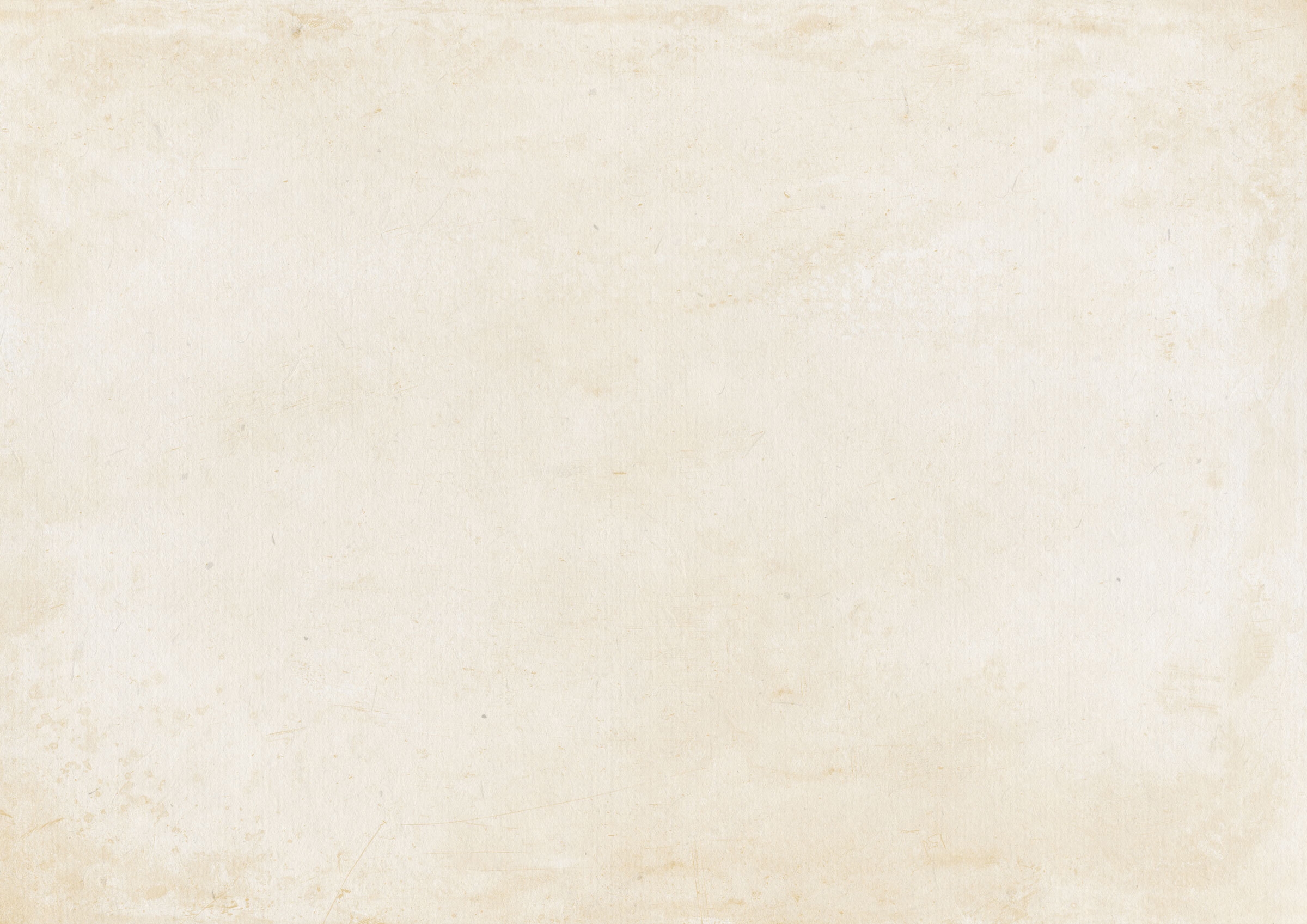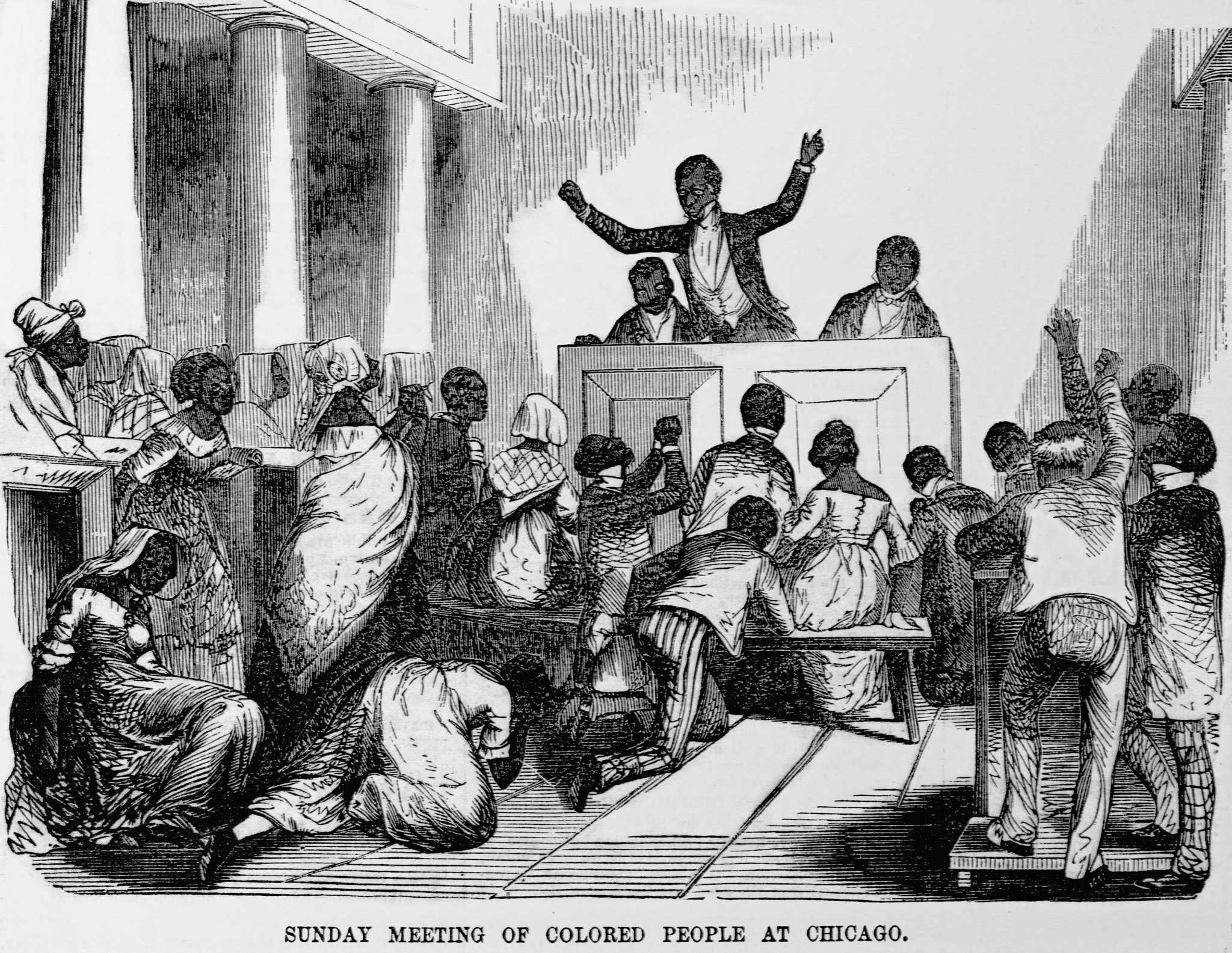Chapter 5
Making a Way
African Americans fought slavery and inequality in ways large and small, from open rebellion to subtle acts of resistance. Using connections—family, neighbors, worship services, and formal political conventions—African Americans shared news, created networks, and developed strategies for “making a way out of no way.” State and local governments responded with “black codes” and “slave codes,” race-based laws that attempted to restrict Black lives. African American persistence and grassroots organizing still serve as a model for social activists today.

No person of color . . . shall be allowed to preach, to exhort, or join in any religious exercise with any persons of color, either free or slave, there being more than seven persons of color present.
Georgia Slave Code, 1848
States and Territories Restricting African American Faith
Alabama
District of Columbia
Georgia
Louisiana
Maryland
Mississippi
North Carolina
South Carolina
Virginia
Religion
African Americans found themselves in a world that was hostile at best. Harnessing their faith, they worked to secure freedom and justice. Many founded their own Christian churches, which provided a refuge for enslaved and free Black community members facing discriminatory laws in both the North and the South. Others pulled from western African indigenous faith systems, as well as African traditions of Islam and Christianity. Each religion helped build an identity beyond slavery and discrimination and acted as a form of resistance to enslavement.
Sunday Meeting in Chicago

We had our own church in the brick yard way out in the field. We hid behind the bricks and had church every night.
Elizabeth Rose Hite, ca. 1930
First African Presbyterian Church, 1857
Inside of A Semi-Centenary Discourse
This sermon by Reverend William T. Catto commemorated the 50th anniversary of one of the oldest Black Presbyterian Churches in Philadelphia.
Rev. James W. C. Pennington’s Pulpit Bible, 1843
Talcott Street Pulpit Bible
Reverend James W. C. Pennington
James W. C. Pennington was born into slavery, taken to Hagerstown, Maryland, and then at great risk, escaped into freedom when he was 19 years old. Within a few years, Pennington had learned to read and write, taught himself Greek and Latin, attended Yale University, and was ordained a minister in the Congregational church.
Founded in 1819, the African Religious Society of Hartford was Connecticut’s first Black Congregational Church. It stood at the forefront of early African American civil rights movements. After enslaved Africans aboard the Amistad overthrew their captors, the church welcomed them. On that day, Pennington, himself a fugitive from slavery, read Isaiah 58:10, "Your light will rise in darkness."
Talcott Street Pulpit Bible
Objects from Magnolia Plantation, Louisiana
Someone purposefully buried this Miraculous Medal, locket, snail shell, and Hoyt’s cologne bottle under the floors of a slave cabin. In many western African religions, passageways between the physical and spiritual worlds—such as chimneys, doorways, and windows—were protected by objects like these.
Adapting Faith Practices
Catholic Miraculous Medal, Italy
Miraculous Medal
African Americans altered religious imagery to reflect their faith. This Catholic Miraculous Medal was reworked to transform Mary into a Black Madonna. Miraculous Medals continue to be widely circulated.
Edgefield Face Jug
Face Vessel, ca. 1860
An enslaved brick maker likely crafted this vessel at Thomas Davies's Palmetto Firebrick Works in South Carolina. The maker imbued this vessel with ritual beliefs and traditions unrecognized by white people.
Enslaved African Muslims in America
Prayer beads (Tasbīḥ)
Enslaved Muslims continued practicing their faith in America. It represented hope, resistance, and a mental escape from their enslavement. They prayed on the bead, facing east to call upon Allah. These prayer beads, called tasbīḥ, are used to aid in the performance of dhikr, the repetition of devotional prayers or phrases. It is possible that some enslaved Muslims brought tasbīḥ with them from western Africa. Others could have constructed them from clay, rocks, beads, or knotted ropes. Enslaved Muslims also left Arabic writings—often verses from the Qur'an challenging slavery. Others wrote pleas to return home and letters to family. Many also maintained traditional foodways and customs that they passed down through generations. Some of these practices are still evident today and provide insight into the history of Islam in America.
Omar ibn Sayyid (ca. 1770–1863)
This portrait shows Omar ibn Sayyid, an enslaved Muslim man in North Carolina. Born in Futa Toro, modern Senegal, Sayyid was kidnapped and sold into slavery in Charleston. Over the next 56 years until his death, Sayyid wrote Arabic documents, including an autobiography in 1831. It is the only known autobiography by an enslaved man written in a native African language. This last known writing of Omar ibn Sayyid from 1857 shows how he used Arabic as a space of resistance and spiritual strength. The English note on the back erroneously states that this is the Lord’s Prayer. It is actually the Sūrat al-Nasr (110), the last revelation of Allah to the Prophet Muhammad before his death. It reaffirms Sayyid’s Muslim faith, despite his enslavers’ belief that he had converted to Christianity.
Omar ibn Sayyid (ca. 1770–1863)
Sūrat al-Nasr (110)

When comes a help from Allah
And an imminent victory; give good tidings to the believers
And you see the people
Entering into the religion
Of Allah in multitudes, then glorify
The praises of your Lord
And ask forgiveness of him. Indeed, He
Is ever accepting of repentance.
My name is Omar, oh! Omar
Translation of Sūrat al-Nasr
